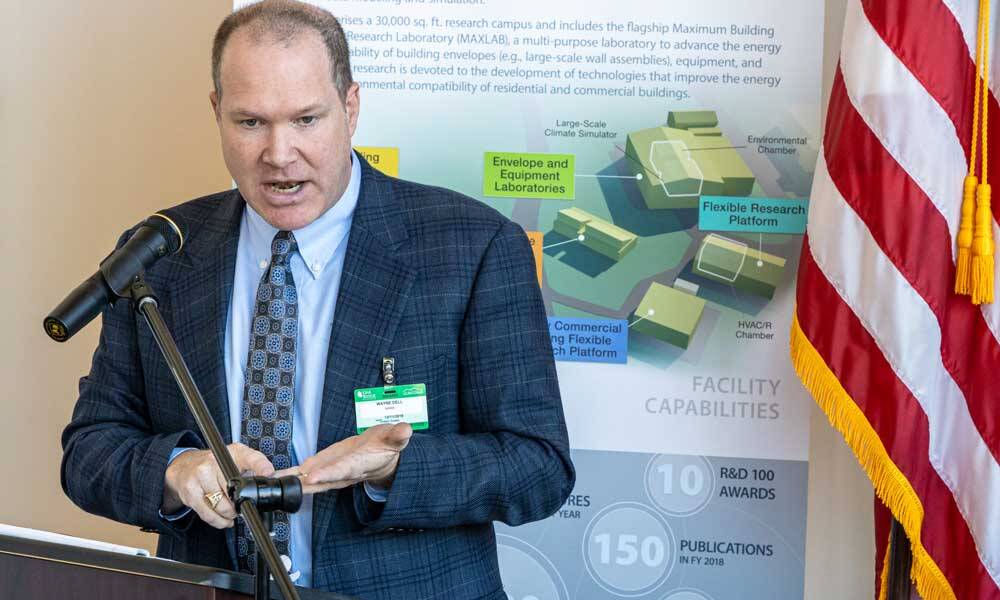
How One Association Found Opportunity in a Public-Private Partnership
The National Automatic Merchandising Association is collaborating with the Oak Ridge National Laboratory on more efficient refrigerants for vending machines—an effort the group says will jumpstart the industry’s R&D approach.
Finding a way to collaborate with the federal government on an issue affecting your industry can provide a lot of opportunities and resources—but uncovering the right one to pursue requires keeping your ear to the ground.
That’s something the National Automatic Merchandising Association learned from a public-private partnership that could improve the efficiency of its members’ vending machines.
As a part of a cooperative research and development agreement (CRADA), NAMA and others will partner with the Oak Ridge National Laboratory, a federal technology lab in Tennessee, on the development of new types of more energy-efficient heating and cooling technologies. CRADAs, used to facilitate research since the 1980s, allow corporations and government agencies to work toward a common goal.
“CRADAs are among the U.S. Department of Energy’s chief instruments to connect the ingenuity of our national labs with industry’s leading companies to produce innovations at the scale we need to make a difference,” said David Nemtzow of the DOE’s Office of Energy Efficiency and Renewable Energy in a news release.
In the case of NAMA, the association and its members will work with Oak Ridge to evaluate environmentally friendly refrigerants for vending machines. Changes like this could help cut down significantly on energy use—the country’s 127 million buildings are responsible for nearly 40 percent of U.S. energy consumption and 36 percent of carbon emissions. (And, of course, many of those buildings have vending machines.)
But beyond the environmental benefits, there are the benefits of collaboration. NAMA Executive Vice President Eric Dell characterized the partnership as one that both lifts its members and helps solve a research and development issue that would have been far more expensive for members to tackle on their own.
“It really, truly will help the industry solve a problem that our members would have to pay for themselves,” Dell said.
Internally, the association found support from its membership through a working group of manufacturers that the association keeps in regular contact with, according to Dell. Both NAMA and the working group saw the problem-solving potential of the collaboration, which puts the industry in touch with scientific experts.
He added that while the organization has worked with federal and state governments on public-private partnerships in the past, “this is the first partnership of this magnitude for us.”
“This, in my opinion, is just a great example of how government and industry can work together to solve problems, or challenges that industries have, to protect and keep jobs in America and in work with industry,” Dell said.
While this work in R&D could help NAMA in the long run, the approach also offers some lessons for associations looking for their own way into a large-scale public-private partnership. According to Dell, it requires close listening for opportunities as they surface, adding that “government relations teams should just always be on the lookout for areas where you can partner with agencies.”
For his part, Dell hopes the current partnership creates additional collaboration opportunities between NAMA and the DOE.
“To be able to partner with government to solve big challenges for your members? That’s the value,” Dell said.
NAMA Executive Vice President Eric Dell. (Oak Ridge National Laboratory/U.S. Department of Energy)






Comments